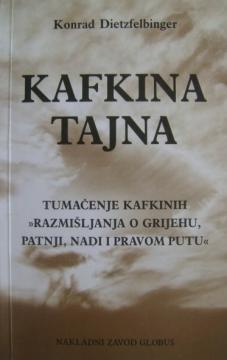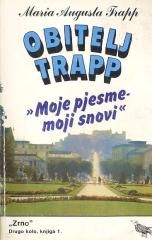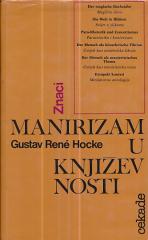
Kafkina tajna: Tumačenje Kafkinih "Razmišljanja o grijehu, patnji, nadi i pravom putu"
Eine eingehende Analyse von Kafkas Aphorismen aus der Sammlung „Betrachtungen über Sünde, Leiden, Hoffnung und den wahren Weg“. Die Studie untersucht Kafkas spirituelle Dimension und beleuchtet ihn als Esoteriker, der in seinen Aphorismen universelle Wahr
Dietzfelbinger interpretiert Kafkas Aphorismen als Zeugnisse des inneren Kampfes zwischen Vergänglichkeit und Ewigkeit, zwischen menschlichem Alltag und spiritueller Wirklichkeit. Der Autor argumentiert, dass Kafka nicht einfach ein Autor absurder oder existenzieller Ängste sei, sondern dass sein Werk die Suche nach dem „Unzerstörbaren“ spiegele – einer spirituellen Realität, die den Alltag transzendiert.
Durch eine Analyse der Aphorismen zeigt Dietzfelbinger, wie Kafka Paradoxien und Symbolik nutzt, um tiefe Wahrheiten über die menschliche Natur, Sünde, Hoffnung und den rechten Weg auszudrücken. Die Aphorismen werden als „geronnene Spiele psychischer Kräfte“ dargestellt, die vom Mysterium der Existenz hervorgerufen werden und als Wegweiser zu einem tieferen Verständnis von sich selbst und der Welt dienen.
Kafkas Geheimnis bietet Lesern einen Einblick in die spirituelle Dimension von Kafkas Werk und lädt zu einer introspektiven Lektüre ein, die über oberflächliches Verständnis hinausgeht. Dieses Buch ist ein bedeutender Beitrag zum Studium von Kafkas Philosophie und Spiritualität und enthüllt Bedeutungsebenen, die oft verborgen bleiben.
"Der rechte Weg verläuft auf einem Drahtseil, das nicht hoch oben, sondern direkt über dem Boden gespannt ist. Er scheint eher zum Stolpern als zum Gehen bestimmt zu sein. Die größten menschlichen Fehler sind Ungeduld, das vorzeitige Unterbrechen der methodischen, scheinbaren Eingrenzung eines scheinbaren Dings. Theoretisch gibt es eine vollkommene Möglichkeit des Glücks: an das Unzerstörbare in sich selbst zu glauben und nicht danach zu streben. Unsere Vorstellung vom Jüngsten Gericht ist der Grund für diese Bezeichnung, doch im Wesentlichen ist es ein Gericht jenseits aller Maßstäbe.
Kafkas Aphorismen sind Ausdruck seiner Gedanken über Sünde, Böses, Glück, Leid, Hoffnung, den rechten Weg, den Menschen und die Welt im Allgemeinen. Der Autor des Textes gibt eine Interpretation jedes Aphorismus und glaubt, durch sie Leben und Werk des großen Dichters interpretieren zu können."
Jedan primjerak je u ponudi





